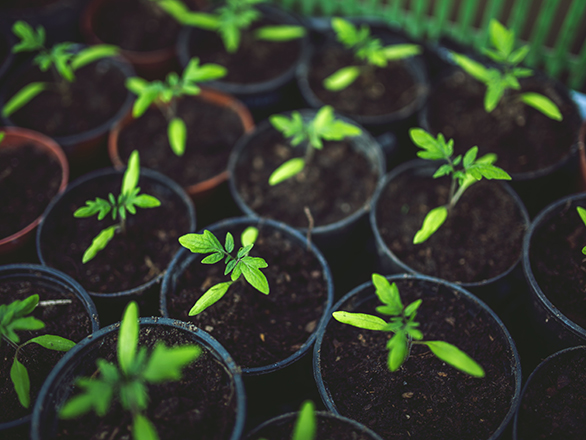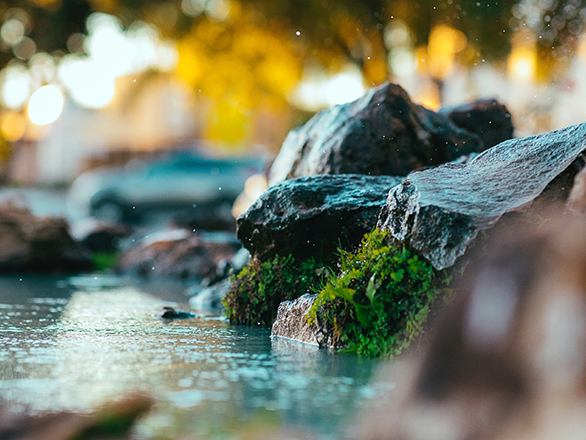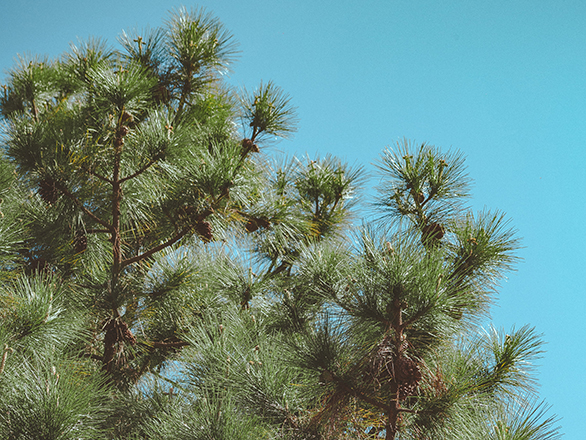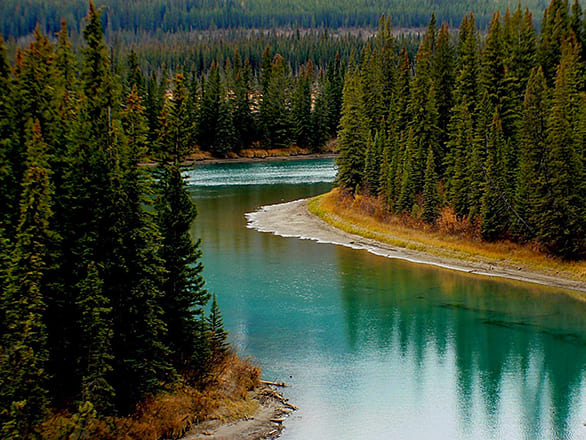Research centers
Faculty and graduate student workspaces are typically located in your home department, where you enjoy access to departmental resources (e.g., computing facilities, classrooms, wet and dry labs). In addition, members of EECB have access to our research centers and facilities.

Nevada Institute for Chemical Ecology
A central goal of the Nevada Institute for Chemical Ecology is to understand how interactions among organisms are mediated by biological compounds. The field of chemical ecology has profound influences on various disciplines, from ecology and biochemistry to physiology and pharmacology. Our interdisciplinary group, with the University of Sao Paulo, has started international collaborations between a diverse set of scientists to resynthesize, reinvigorate, and advance chemical ecology by integrating technical and conceptual advances in their respective fields.

Conservation Genetics Center
The Conservation Genetics Center was created to bring recent technological advances in equipment designed for high-throughput genomic analysis to bear on questions in conservation biology and evolution. The aim of the center is to improve the ability of conservation biologists to ask questions about spatial and temporal dynamics in a cost-effective and timely manner.

Nevada Genomics Center
The Nevada Genomics Center is a core facility designed to aid researchers in the study of genes and their functions. Their goal is to provide quality, timely and reliable service to small- and medium-sized research laboratories. Services include structural genomics (high-throughput DNA sequencing and fragment analysis processing), functional genomics (quantitative PCR), and more.



